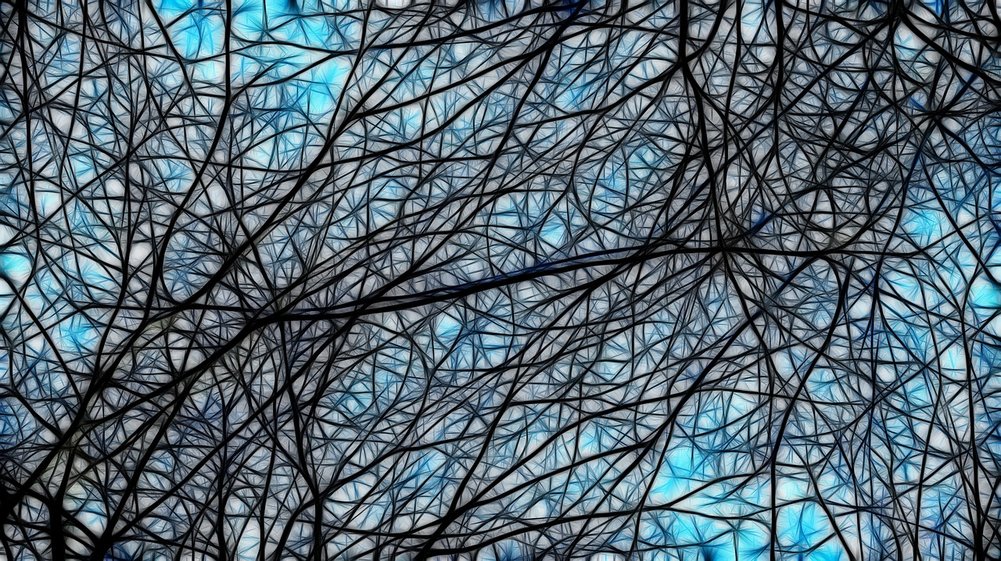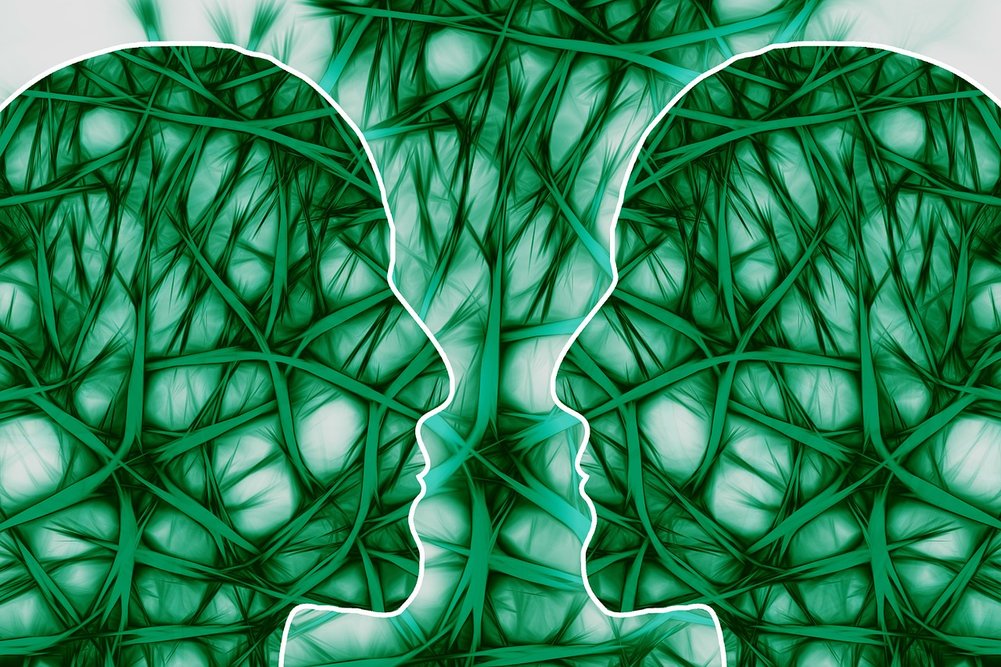Scientists from Stanford discovered that oxytocin is crucial for newly described brain circuitry involved in social interactions. The finding may offer clues to unlock treatment for social aversion, which could help people with depression, schizophrenia, and autism.
Ever wondered why some people are so sociable while others are withdrawn or even avoidant of interactions with others? A new study from Stanford University School of Medicine could finally provide an answer to that question. The group pinpointed places and processes in the brain of mice that promote socialization by providing pleasurable sensations when it occurs.
The study published in Science details the role of the much-publicized hormone oxytocin in fostering sociability. Oxytocin, sometimes referred to as “the love hormone”, is a peptide involved in nurturing, sexual and pair-bonding behaviors. However, it could have very well been named “the social hormone” instead, as it is even more involved in our friendship bonds and social lives than we previously understood. Studies also linked it to other functions, like reducing drug craving, fostering generosity, triggering defensive behavior and promoting sleep.
The senior author Robert Malenka and the lead author, former postdoctoral scholar Lin Hung, focused much of their research on an assembly of interacting nerve tracts in the brain, known as the reward circuitry. Their study highlighted the brain circuitry behind the social reward mechanism.
“The reward circuitry is crucial to our survival because it rewards us for doing things that have, during our evolutionary history, tended to enhance our survival, our reproduction and the survival of our resulting offspring,” said Malenka for the press. “Hanging out with your friends confers a survival advantage, too, by decreasing your chances of getting eaten by predators, increasing your chances of finding a mate and maybe helping you learn where food and water are.”
The researchers wanted to examine the neurological process behind the feeling of joy we experience when we socialize. Earlier work showed the most important component of the brain’s reward circuitry is a nerve tract that runs from the ventral tegmental area to the nucleus accumbens. The ventral tegmental area houses a cluster of nerve cells whose projections to the nucleus accumbens secrete the hormone dopamine. This results in a sensation of pleasure which tells the brain that the ongoing event is desirable and remembers it for future.
Now, the group at Stanford is focusing their research on the activity of a part of the brain’s reward system, the nucleus accumbens, by placing mice in a custom-built two room “house”. The animals were kept together in one room for 24 hours. Each mouse then spent the next 24 hours alone in the other room. When they put the rooms together and allowed the mice to walk freely, they chose the room where they could socialize together over the solitudinous one. When the mice had their oxytocin receptors blocked, however, they no longer felt like socializing and chose to remain alone.
“When we inhibited these oxytocin neurons when the subject mouse was alone, there were no observable effects on its behavior,” Malenka said for Seeker.
The researchers demonstrated that oxytocin fosters sociability by binding to receptors on dopamine-secreting neurons that compose the tract running from the ventral tegmental area to the nucleus accumbens, enhancing the firing of the reward-circuit tract.
Oxytocin receptors inside the nucleus accumbens lie at the tips of nerve cells that form a path from another brain region called the dorsal Raphe, which also releases serotonin. Some antidepressants work by increasing the serotonin levels in this part of the brain, which triggers activity in the nucleus accumbens, resulting in happy feelings.
“The study suggests that one factor contributing to social behavior deficits may be abnormal modulation of the brain’s reward circuitry by oxytocin,” Malenka said.
The team hopes that their findings will help develop drugs for treating disorders that impair social interactions. Malenka aims for more widespread applications of the research and he pointed out another reason why he believes studying the brain’s reward system is important.
“With so much hatred and anger in the world,” he said, “what could possibly be more important than understanding the mechanisms in the brain that make us want to be friendly with other people?”
Learn more about the wide range of oxytocin functions in the video below:
By Andreja Gregoric, MSc











